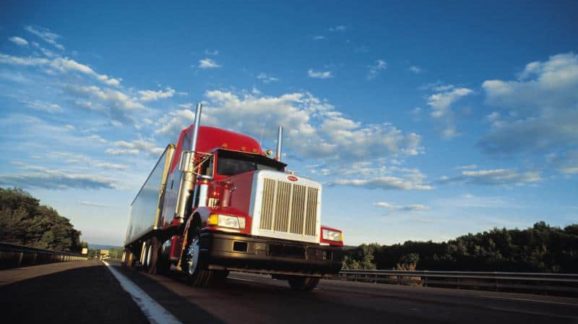Year in Review 2018: Transportation Policy

CEI had a busy year in the transportation policy trenches. We worked at the federal, state, and local levels on a variety of projects. Below are selected examples of the work we did this year to inject free-market ideas into the generally command-and-control world of transportation.
Authorizing Automated Vehicle Platooning in the States
In July, CEI published the third annual edition of its popular handbook for state legislators on how to authorize automated vehicle platooning. At publication time, 16 states had reformed their motor vehicle codes along the lines we recommended. Pennsylvania became the 17th state in October. CEI will continue in this effort until every state has adopted the recommendations and will publish the fourth annual handbook in July 2019.
Modernizing Federal Regulations for the Automated Vehicle Age
CEI continued throughout 2018 to call for reforms to federal regulations that impact emerging automotive technologies. In January, CEI published a report on how Congress could improve auto safety regulatory conformity with the latest technical standards to ensure new technologies can be brought to market. In response to numerous requests for comments and information on improving regulations related to automated vehicles, CEI submitted comments to the National Highway Traffic Safety Administration, Federal Motor Carrier Safety Administration, Federal Highway Administration, and Federal Railroad Administration.
CEI also submitted comments to the Office of the Secretary of Transportation in response to the latest federal automated vehicle guidance document, as well as comments on the scope of a congressionally mandated automated vehicle workforce study, urging the Department of Transportation to examine the potential for low-cost, self-driving, taxi-style services to greatly increase job access to the transit-dependent (those who cannot afford to own a car) urban poor.
In addition to direct regulatory advocacy, CEI strongly supported the Senate’s bipartisan AV START Act, debunking a series of myths propagated by a handful of cynical Democratic senators, self-styled safety advocates like Cathy Chase, and former NHTSA bureaucrats Joan Claybrook and David Friedman. Unfortunately, due to last-minute welshing by trial lawyers represented by the American Association for Justice, the Senate failed to pass the bill. The consequences from the Senate’s failure will likely be more dead Americans on highways and more automated vehicle research, development, and commercialization shifting from the U.S. to Europe, Japan, and China.
Odds and Ends
- In October, the Federal Aviation Administration Reauthorization Act of 2018 was signed into law. Included in the bill was Section 329, Performance-based standards, a reform provision based on a 2017 CEI report urging Congress to codify in statute the performance-based requirements of 1993’s Executive Order 12866.
- Also in October, CEI submitted comments urging the National Highway Traffic Safety Administration and Environmental Protection Agency to abandon any efforts to prop up dedicated short-range communications technologies via the federal fuel economy program.
- In November, the Federal Railroad Administration finally published modern safety regulations for passenger train cars. CEI had been urging reform since a 2013 report, where we noted that obsolete railcar standards needlessly increased costs for no safety gain.
- In December, CEI submitted comments to the National Highway Traffic Safety Administration on a proposed regulation to legalize adaptive driving beam headlamps, arguing that the change was welcome but that NHTSA should better conform its rule to modern, consensus technical standards adopted in the rest of the world. We had earlier raised this issue in a January 2018 report, prior to the October publication of the proposed rule.
Previous posts in the Year in Review 2018 series:
- Operation Choke Point by John Berlau (12/19)
- Labor and Employment by Trey Kovacs (12/20)